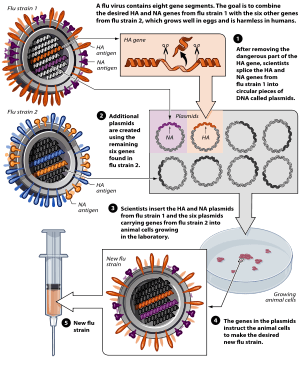
Researchers at Ruhr-Universitat Bochum have created a bio-based solar cell capable of generating a continuous electrical current of several nanowatts per sq cm.
The new approach avoids damage to the tapped photosynthetic cells, an issue that has plagued previous attempts to harness nature’s “power plant.”
While the technology is still in its infancy, bio-based solar cells could offer several advantages over photovoltaic systems, namely greater efficiency and the fact that they are not dependent on silicon and expensive rare earth metals. On the downside, the systems developed thus far are not very durable and do not produce much power.
Past attempts at harnessing the process of photosynthesis to generate electricity have concentrated on tapping in to only one of the two steps known as the Z-Scheme.
The Z-Scheme is the process of photoreduction where light energy is converted to chemical energy in two steps or photosystems. When a plant, algae or cyanobacteria absorb a light photon an electron within photosystem 2 (PS2) is excited and attains a higher energy level. This unstable electron is transferred via a series of redox reactions down the electron transport chain before entering photosystem 1 (PS1).
In a first, the team at RUB, led by Prof Wolfgang Schuhmann and Prof Matthias Rögner, has integrated both PS1 and PS2 into a photovoltaic cell. Rather than capturing electrons at either the PS1 or PS2 stage of photosynthesis, as has been the approach in previous bio-based cells, they have used the charge separation between the two photosystems to create an anode and diode, generating continuous electrical current through a redox hydrogel when exposed to light.
To achieve this, the team isolated the two photosystems in thermophilic cyanobacteria found in hot springs, which are attractive because the extreme environmental conditions they exist under makes their photosystems relatively stable. These photosystems were then embedded into redox hydrogels with different potentials developed by the team. The result is a system that generates electricity rather than converting carbon dioxide into oxygen and biomass.
The Latest on: Bio-based solar cell
[google_news title=”” keyword=”Bio-based solar cell” num_posts=”10″ blurb_length=”0″ show_thumb=”left”]
via Google News
The Latest on: Bio-based solar cell
- A low-energy process for high-performance solar cells could simplify the manufacturing processon May 8, 2024 at 7:39 am
Finding reliable, eco-friendly power sources is crucial as our world grapples with increasing energy needs and the urgent call to combat climate change. Solar energy offers one solution, with ...
- KIT researchers develop18.2%-efficient perovskite solar cell via scalable inkjet processon May 7, 2024 at 11:56 pm
Researchers at Karlsruhe Institute of Technology (KIT) have developed a scalable two-step evaporation and inkjet process for perovskite thin-film solar cells. The new technique reportedly enables to ...
- Low-energy process for high-performance solar cellson May 7, 2024 at 3:17 pm
Solar cells made from this material boast many advantages compared to silicon-based solar cells. They're lightweight, flexible and can be applied as a spray or printed like ink. Perovskite solar cell ...
- Recent Applications of Polymers in Solar Cellson May 6, 2024 at 4:16 am
Organic photovoltaics has drawn immense attraction in recent years due to advancements in development of new materials. Despite the encouraging efficiency boost witnessed, the technology is still ...
- JinkoSolar gets grant for improved solar cell structure for enhanced photoelectric conversionon May 6, 2024 at 3:19 am
Revolutionize solar cell efficiency with JinkoSolar's patented design featuring pyramid structures and precise doping concentrations. Learn more about this innovative technology now!
- Researchers pioneer a low-energy process for high-performance solar cellson May 5, 2024 at 5:00 pm
Solar cells made from this material boast many advantages compared to silicon-based solar cells. They’re lightweight, flexible and can be applied as a spray or printed like ink. Perovskite solar cell ...
- Light, flexible, efficient: Perovskite-based tandem solar cellson May 2, 2024 at 1:46 pm
Today, more and more Swiss roofs boast large black and blue rectangles that convert sunlight into electricity. The blueish color comes from silicon crystals, as the majority of solar cells available ...
- Next Generation Solar Cellson April 27, 2024 at 4:16 pm
However, conventional silicon-based solar cells have one particular weakness - their power generation efficiency depends on the weather. This is why the world is now focusing on the development of ...
- Solar Energy Newson April 24, 2024 at 5:00 pm
While solvent-based manufacturing processes are used in laboratories around the world, vacuum vapor-phase deposition ... Researchers Improve the Stability of Perovskite Solar Cells Feb. 29 ...
- Switching to solar? We explain three main types of solar panelson April 13, 2024 at 1:31 pm
Understanding the differences between them requires a basic understanding of how solar panels work in general. Photovoltaic (PV) cells are the building blocks of solar panels. PV cells are made ...
via Bing News










